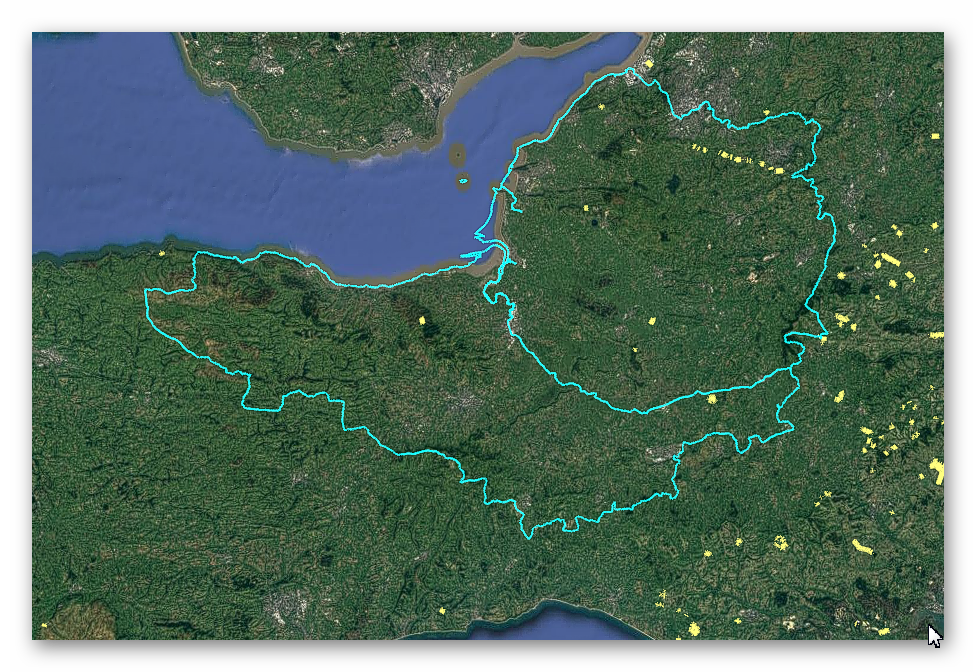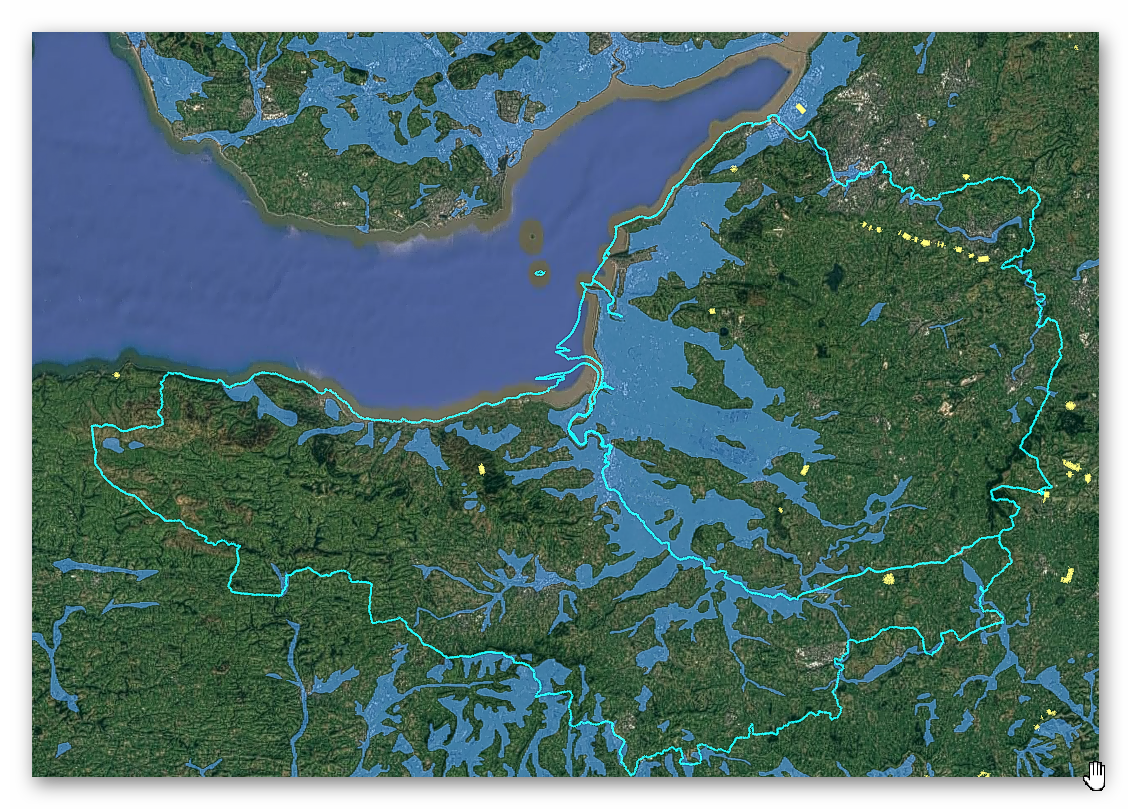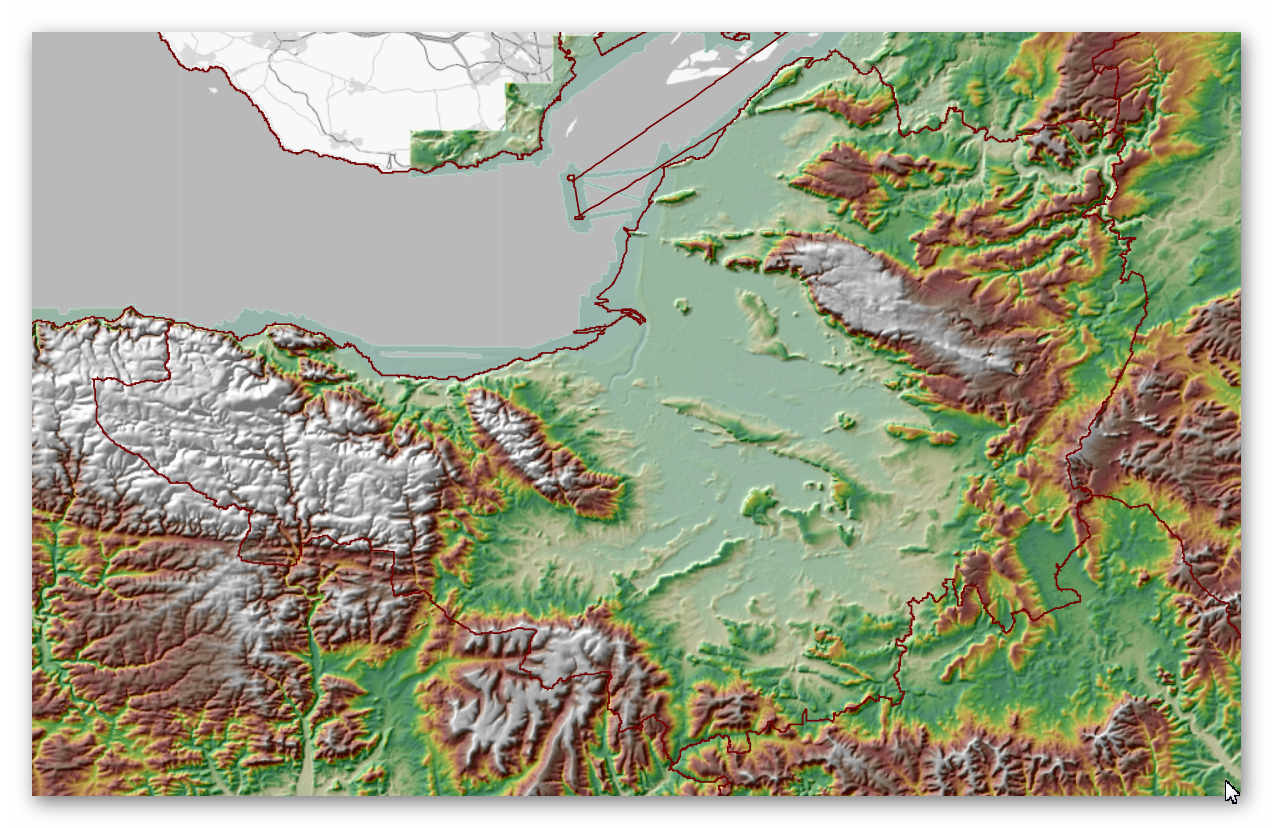Prehistoric Somerset Canals (Dykes)
GE Map of Prehistoric Somerset Canals (Dykes)

Old Map

Geological Landscape

Landscape/Terrain

Database of DYKES (Linear Earthworks) in Somerset
(Click the ‘HE Entry Ref: Number’ (if blue) for more details and Maps)
| Name | HE Entry Ref: | NGF | Length (m) | Overall Width (m) | Ditch Width (m) | Bank Width (m) |
|---|---|---|---|---|---|---|
| Stantonbury camp and adjacent sections of Wansdyke | 1002487 | ST 67450 63711 | ||||
| Earthworks on Loscombe Hill | 1002820 | ST 61607 00369 | ||||
| Part of the linear boundary known as the Wansdyke 375m south east of Knowle Farm | 1004523 | ST6446664935 | ||||
| Linear earthwork in Butleigh Wood | 1006152 | ST 50517 33227 | ||||
| Ponter's Ball linear earthwork | 1006154 | ST 53200 37632 | ||||
| Wansdyke: section 1230yds (1120m) eastwards from Burnt House Inn | 1007003 | ST 74053 61803 | ||||
| Part of the linear boundary known as the Wansdyke 585m north of Tuckingmill Farm | 1007004 | ST 65393 64400 | ||||
| Part of the linear boundary known as the Wansdyke 420m south west of Barrowmead Cottage | 1007005 | ST7268162210 | ||||
| Part of the linear boundary known as the Wansdyke 285m north west of Manor Farm | 1007006 | ST7097063025 | ||||
| Part of the linear boundary known as the Wansdyke 530m north west of Park Farm | 1007008 | ST6890363597 | ||||
| Wansdyke: section E of Maes Knoll camp | 1007009 | ST 60361 65898 | ||||
| Part of the linear boundary known as the Wansdyke 210m north west of Cottles | 1007010 | ST6200065292 | ||||
| Dead Woman's Ditch cross-dyke, Robin Upright's Hill | 1008254 | ST 16040 38477 | ||||
| Cadbury Camp, a small multivalate hillfort on Cadbury Hill | 1008295 | ST 45406 72467 | ||||
| Large multivallate hillfort and associated earthworks at South Cadbury | 1011980 | ST 62816 25133 | ||||
| Medieval estate boundary earthwork on Shute Shelve Hill | 1015495 | ST 42768 56077 | ||||
| The Mere Bank and flanking ditches | 1020664 | ST 53197 79354 |
Dykes Ditches and Earthworks
Indeed, the modern term “dyke” or “dijk” can be traced back to its Dutch origins. As early as the 12th century, the construction of Dykes in the Netherlands was a well-established practice. One remarkable example of their ingenuity is the Westfriese Omringdijk, stretching an impressive 126 kilometres (78 miles), completed by 1250. This Dyke was formed by connecting existing older ‘dykes’, showcasing the Dutch mastery in managing their aquatic landscape.
The Roman chronicler Tacitus even provides an intriguing historical account of the Batavi, a rebellious people who employed a unique defence strategy during the year AD 70. They punctured the Dykes daringly, deliberately flooding their land to thwart their enemies and secure their retreat. This historical incident highlights the vital role Dykes played in the region’s warfare and water management.
Originally, the word “dijk” encompassed both the trench and the bank, signifying a comprehensive understanding of the Dyke’s dual nature – as both a protective barrier and a channel for water control. This multifaceted concept reflects the profound connection between the Dutch people and their battle against the ever-shifting waters that sought to reclaim their land.
The term “dyke” evolved as time passed, and its usage spread beyond the Dutch borders. Today, it represents not only a symbol of the Netherlands’ engineering prowess but also a universal symbol of human determination in the face of the relentless forces of nature. The legacy of these ancient Dykes lives on, a testament to the resilience and innovation of those who shaped the landscape to withstand the unyielding currents of time.
Upon studying archaeology, whether at university or examining detailed ordinance survey maps, one cannot help but encounter peculiar earthworks scattered across the British hillsides. Astonishingly, these enigmatic features often lack a rational explanation for their presence and purpose. Strangely enough, these features are frequently disregarded in academic circles, brushed aside, or provided with flimsy excuses for their existence. The truth is, these earthworks defy comprehension unless we consider overlooked factors at play.
One curious observation revolves around the term “Dyke,” inherently linked to water. It seems rather peculiar to apply such a word to an earthwork atop a hill unless an ancestral history has imparted its actual function through the ages. Let us consider the celebrated “Offa’s Dyke,” renowned for its massive linear structure, meandering along some of the present boundaries between England and Wales. This impressive feat stands as a testament to the past, seemingly demarcating the realms of the Anglian kingdom of Mercia and the Welsh kingdom of Powys during the 8th century.
However, delving further into the evidence and historical accounts challenges this seemingly straightforward explanation. Roman historian Eutropius, in his work “Historiae Romanae Breviarium”, penned around 369 AD, mentions a grand undertaking by Septimius Severus, the Roman Emperor, from 193 AD to 211 AD. In his pursuit of fortifying the conquered British provinces, Severus constructed a formidable wall stretching 133 miles from coast to coast.
Yet, intriguingly, none of the known Roman defences match this precise length. Hadrian’s Wall, renowned for its defensive prowess, spans a mere 70 miles. Could Eutropius have referred to Offa’s Dyke, which bears remarkable similarity to the Roman practice of initially erecting banks and ditches for defence?
For more information click HERE
Further Reading
For information about British Prehistory, visit www.prehistoric-britain.co.uk for the most extensive archaeology blogs and investigations collection, including modern LiDAR reports. This site also includes extracts and articles from the Robert John Langdon Trilogy about Britain in the Prehistoric period, including titles such as The Stonehenge Enigma, Dawn of the Lost Civilisation and the ultimate proof of Post Glacial Flooding and the landscape we see today.
Robert John Langdon has also created a YouTube web channel with over 100 investigations and video documentaries to support his classic trilogy (Prehistoric Britain). He has also released a collection of strange coincidences that he calls ‘13 Things that Don’t Make Sense in History’ and his recent discovery of a lost Stone Avenue at Avebury in Wiltshire called ‘Silbury Avenue – the Lost Stone Avenue’.
Langdon has also produced a series of ‘shorts’, which are extracts from his main body of books:
For active discussions on the findings of the TRILOGY and recent LiDAR investigations that are published on our WEBSITE, you can join our and leave a message or join the debate on our Facebook Group.
